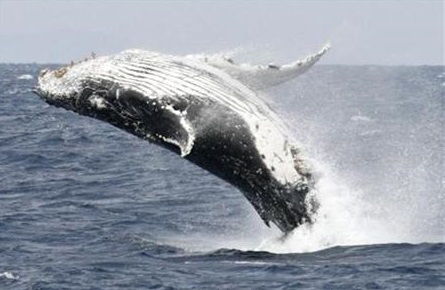South Africa’s picturesque east and west coasts are once again witnessing the much-anticipated arrival of the annual whale migration from Antarctica.
This natural spectacle brings several whale species along the South African coastline, with the Southern Right and Humpback whales taking centre stage.
Thanks to the ban on commercial whaling imposed in 1986, marine scientists are now celebrating the remarkable recovery of these majestic creatures, particularly the Humpback Whale, as a true conservation success story.
According to marine scientist Maryke Musson, recent counts reveal a significant increase in whale numbers, with estimates reaching about 30 000.
It’s a stark contrast to the 1970s when a mere 5 600 humpback whales were spotted along the coastline.
Musson attributes this encouraging resurgence to the cessation of whale hunting, which allowed the species a fair chance to rebuild their populations.
Whale season kicks off on SA’s East and West coast
Ecological implications
The recovery of these magnificent marine mammals is not just a matter of numbers, it also has far-reaching ecological implications. Whales play a critical role in the ocean ecosystem, serving as vital components in maintaining its delicate balance.
Musson highlights the importance of whales’ feeding habits, explaining that they consume large amounts of zooplankton, which they then digest.
One of the most vital roles they play is acting as carbon sinks. By absorbing carbon dioxide from the atmosphere, whales contribute significantly to mitigating the impacts of climate change.
Moreover, their excrements, or whale poop, play an essential role in the ecosystem. The nutrient-rich faeces serve as a fertiliser for algae, phytoplankton, and zooplankton, completing an ecological cycle that sustains marine life.
“In essence, if we were to remove whales from the equation, the entire ecosystem could face collapse,” warns Musson, underscoring the vital interconnectedness of marine life and the need to preserve these magnificent creatures.
The increasing number of humpback whales gracing South Africa’s coasts is a testament to the power of conservation efforts. It demonstrates how collective action and conservation measures can lead to the recovery of endangered species and the preservation of the delicate ecological balance that sustains life in our oceans.
As the whale season unfolds, scientists and conservationists remain hopeful that the annual migration will continue to be a celebration of the resilience and success of conservation initiatives, inspiring further efforts to protect our marine treasures for generations to come.






